Inspiration
When we work in hospital we never know who we are likely to meet and what reaction we will get to our music. Mostly people react positively to us when we arrive with our instruments, sometimes people join in with us but it is rare to find someone with instrument at the ready and desperate to do some playing!
The other day we were invited into a room where two nurses were just finishing a treatment on a little girl. Her mum and another visitor were with her. We played a piece and her face lit up. Then I noticed that she had a ukulele on her bed, so I switched from playing bodhran to ukulele. She was really pleased about that so I tuned up her uke for her and she showed us the song she knew and we all joined in and played together. She played really well and put so much energy into her song that it was a real joy to watch and play along with her. We had a little chat about music and then did some more playing. We played another song and as Sarah and Sarah played and sang the words I sang the chords and the girl started to join in on the Uke. After about 4 times round the song she had it and again she played along with real vigor even saying that she was enjoying herself so much she didn’t want to go home which she was scheduled to do later that day.
Sarah had a copy of the words and the chords with her so she let the girl have them. We left the room to the sound of the girl playing away on her ukuele with all the adults in the room singing along and saying that if she has to come back to hospital she will make sure it is on a Tuesday when we are in.
I play music everyday and although it is always a pleasure it was a real gift to be confronted with the unadulterated joy that this little girl had in playing her music. She devoured the chance of learning something new and delighted in everyone playing together. Seeing her play reminded me why I started playing in the first place.






